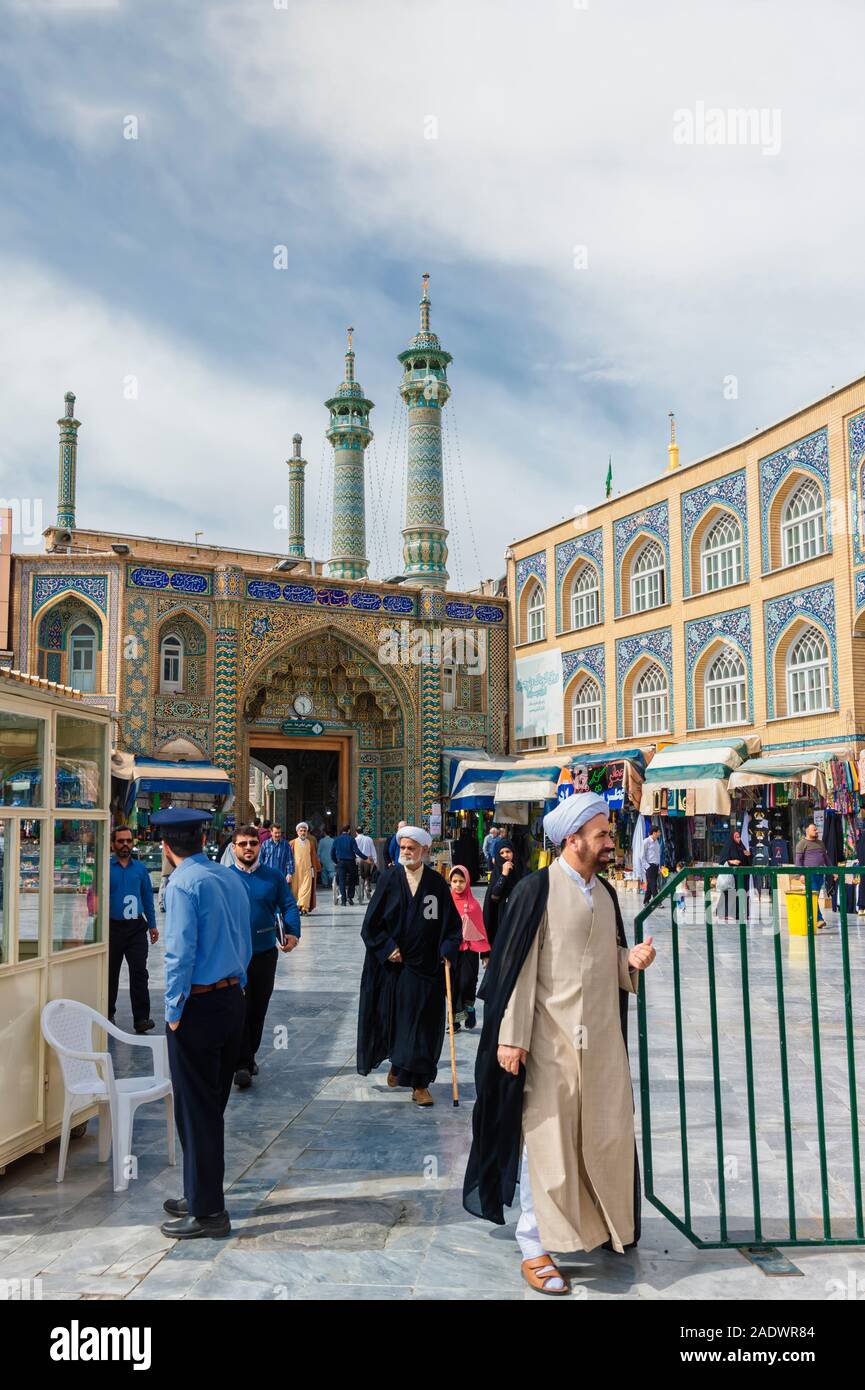Discovering Qom: The Spiritual Heart of Iran
Nestled around 150 kilometers southwest of Tehran, Qom is a city that pulses with religious significance, cultural richness, and historical reverence in the heart of Iran. Known as the second holiest city in the country, following Mashhad, Qom holds an esteemed place in the Islamic world, drawing millions of pilgrims and tourists alike each year. It is a city steeped in spirituality and education, offering a unique glimpse into Iran's religious and cultural landscape.
Historical Overview
The origins of Qom date back to ancient times, with archaeological discoveries suggesting that the area was inhabited as far back as the Sassanian Empire, over 1,500 years ago. However, it wasn't until the advent of Islam in the 7th century that Qom began to gain prominence. The city witnessed significant growth during the reign of the Abbasid Caliphate, and by the 9th century, it had become a major center for Shia Islam.
One of the pivotal moments in Qom's history was the arrival of Fatima al-Masumeh in 816 CE. She was the sister of Imam Reza, the eighth Imam of Shia Islam, and her burial in the city marked it as a sacred site. The Shrine of Fatima al-Masumeh has since become a focal point of Shia pilgrimage, second only to the Imam Reza shrine in Mashhad.
The Holy City
At the heart of Qom lies the magnificent Shrine of Fatima al-Masumeh. This architectural masterpiece is not only a pilgrimage site but also a symbol of the city's deep-rooted spiritual identity. Adorned with exquisite tiles, soaring golden domes, and intricate calligraphy, the shrine stands as a beacon of faith for Shia Muslims worldwide. The courtyard is alive with the whispers of prayers and the humbling atmosphere of devotion, offering an awe-inspiring experience to every visitor.
Beyond its religious significance, Qom is also known for its prominent educational institutions. The city is home to the largest theological university in the world, the Qom Seminary, or Hawza of Qom, which has been a hub of advanced religious studies since its founding in the early 20th century. Aspiring clerics and scholars from across the globe come to Qom to study the complexities of Islamic law, philosophy, and theology.
Cultural Aroma
The cultural tapestry of Qom is as rich and vibrant as its history. The city's markets, known as bazaars, offer an array of traditional crafts and goods that reflect the region's heritage. From the delicate artistry of Persian carpets to the delectable flavors of local sweets, Qom's bazaars present a sensory kaleidoscope that captures the essence of Iranian culture.
The city's architecture is equally noteworthy, with numerous mosques and madrasas gracing the streets of Qom. The Jameh Mosque and the Seminary of Feizieh are quintessential landmarks that blend artistry with spirituality, embodying the architectural grandeur typical of Iranian Islamic design.
A City of Contrasts
Qom is a city of contrasts, where ancient traditions meet the dynamism of the modern world. While it stands firmly anchored in its religious roots, the city is gradually embracing modernization. The delicate balancing act between maintaining its spiritual sanctity and accommodating contemporary advancements is a testament to Qom's resilience and adaptability.
Stay tuned for more as we continue our exploration of Qom's unique offerings and historical depth in the second part of this article.






Comments